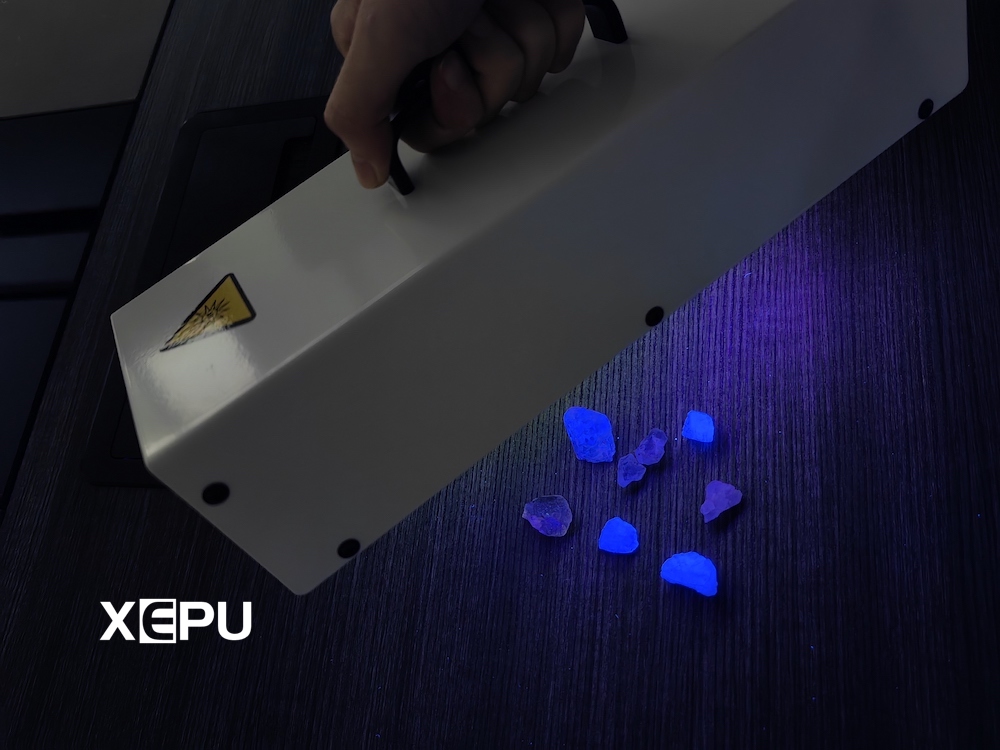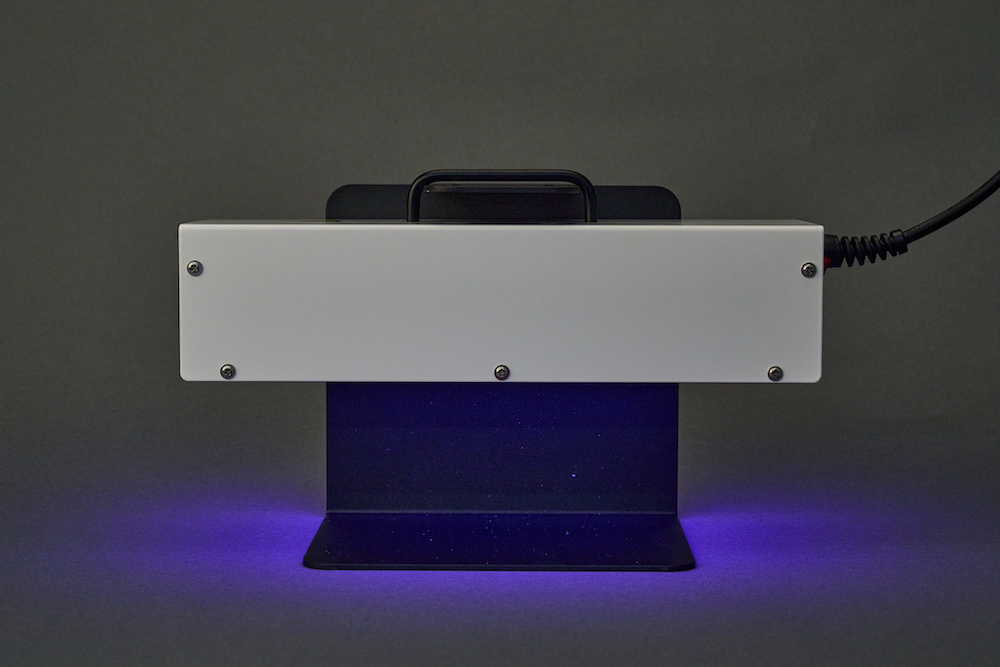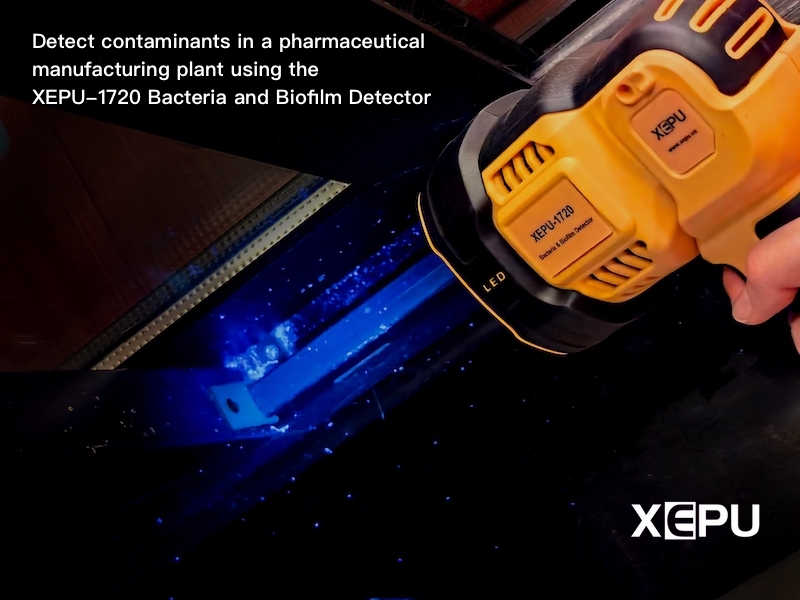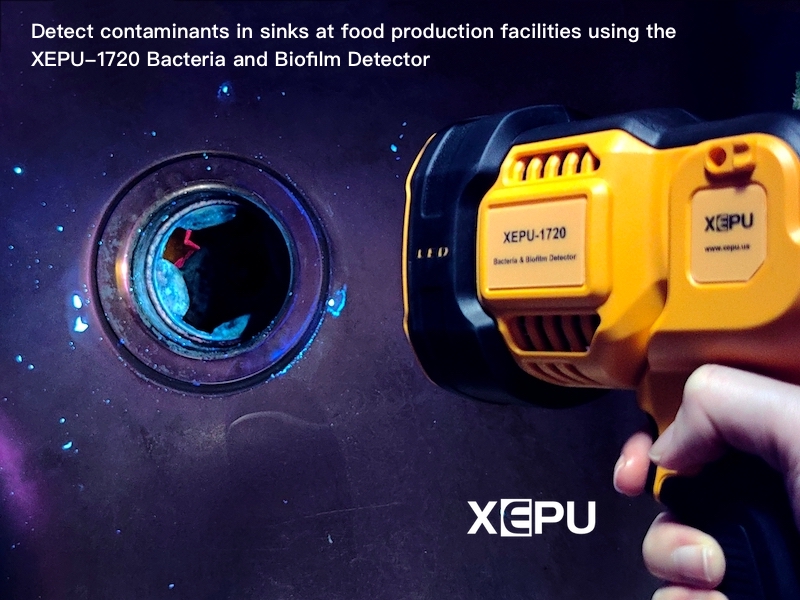UV Lamps for Fluorescent Minerals
Fluorescent Minerals
Fluorescence plays an important role in the discovery and study of minerals. Fluorescence refers to the emission of visible light by substances during their irradiation by ultraviolet light. Minerals emit fluorescence because they contain ions or atomic groups that absorb UV radiation.
Fluorescence can be useful to researchers in many ways: as a way of recognizing minerals, providing an indication of zoning or alteration in minerals, as a means of recognizing the presence of certain metals or other elements, as evidence of variation in metal content or conditions of deposition throughout a body of rock, and as a sensitive geochemical probe of the internal crystal chemistry of a mineral.
UV Light and Fluorescent Minerals
The ultraviolet light (UV light) can be divided into three types based on the wavelength: UVA, UVB, and UVC.
(1) UVA is longwave ultraviolet light, ranging from 315 nm to 400nm.
(2) UVB is the medium wave ultraviolet light, ranging from 280 nm to 315 nm.
(3) UVC is the shortwave ultraviolet light, ranging from 100 nm to 280 nm.
Minerals react differently to different types of UV light. Some minerals emit strong fluorescence under 365 nm longwave UV light while others are more sensitive to 254 nm shortwave UV light. Therefore, a multi-wavelenth UV lamp, which provides different types of UV light, is a convenient and economical choice. When it comes to fluorescence detection in minerals, UV lamps are used with black filters to remove the emission of visible light and provide better fluorescence effects.
Figure below: Fluorescent minerals under Multi-Wavelength UV Lamp XEPU-1338LMS

UV Lamps for Fluorescent Minerals
The XEPU Handheld UV Lamp has been a popular device for detecting fluorescent minerals due to its high intensity, smart design, and excellent performance.
Multi-Wavelength UV Lamp XEPU-1338LMS offers all three types of UV light, including UVA, UVB, and UVC. With just one UV lamp, you can detect fluorescence in different types of minerals and compare their fluroescence reactions under UV light of different wavelengths. There are three independent switches that control each of the three wavelengths. The operator can turn on any one or two wavelengths, or turn on all three wavelengths at the same time for stronger fluorescence effects.
Multi-Wavelength UV Lamp XEPU-1338LMS for Fluorescent Minerals
● Easy operation: switch wavelength with one click
● Effective and efficient detection of fluorescent minerals
● Low cost and minimal maintenance required
● Lightweight and compact
● Durable housing designed for high usage
● Ergonomically designed for both handheld and stationary use
● Used with a stand for hands-free operation
Figure below: Multi-Wavelength UV Lamp XEPU-1338LMS used with a stand for continuous irradiation of minerals.

Learn more: fluorescent mineral detection UV lamp XEPU-1338LMS




